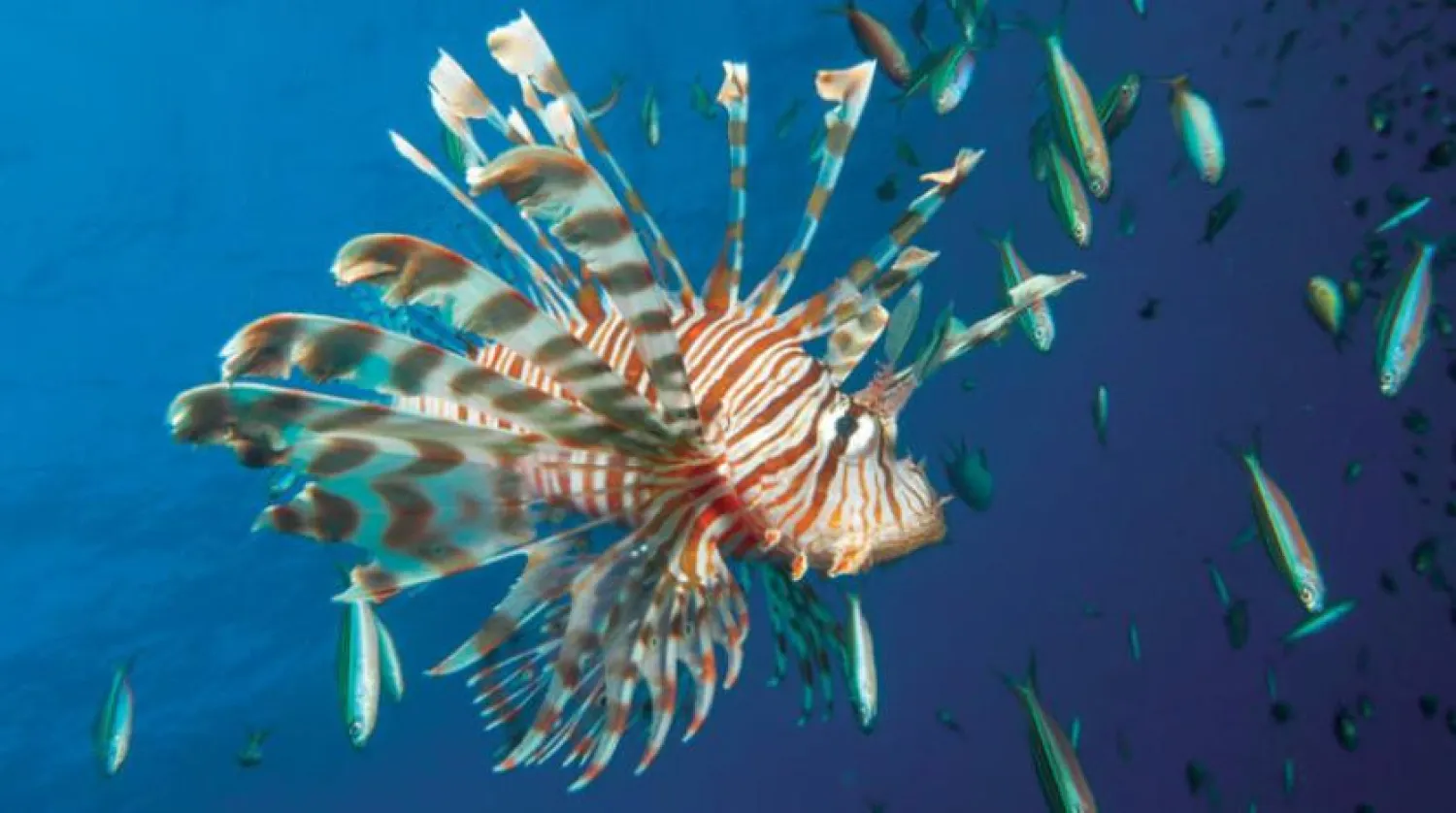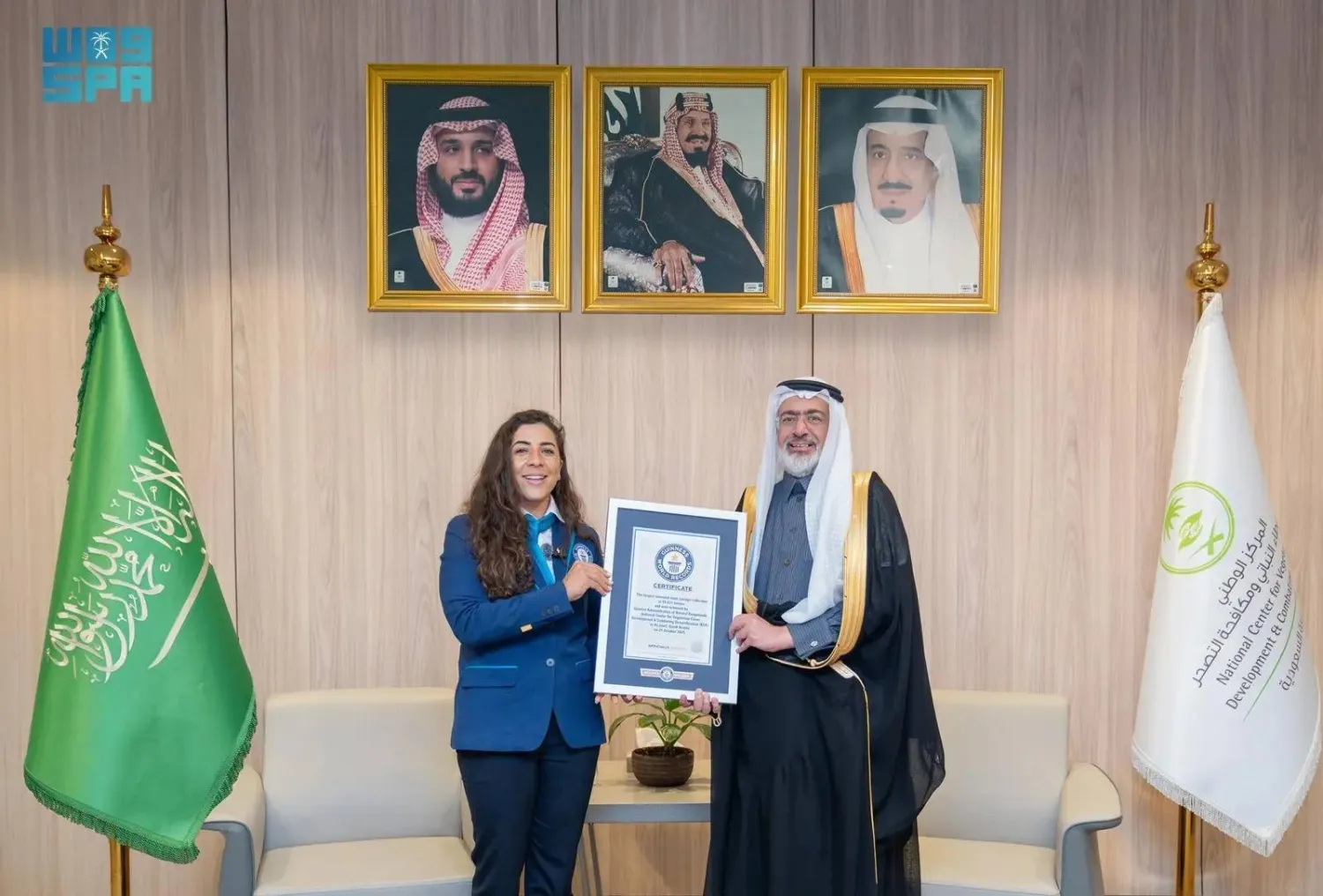The Red Sea Development Company, the developer of the world's most ambitious renewable tourism projects, has published the results of one of the largest environmental studies on the ecosystems of living organisms, which it conducted in the Red Sea region.
The research study was released at the five-day UN Ocean Conference in Lisbon, Portugal, which kicked off its activities on June 27.
The event has drawn senior officials and scientists from more than 120 countries to the Atlantic port city in Southwest Europe, as well as activists dismayed by the failure to come up with international rules that might ensure ocean sustainability.
The 11-month long study was conducted along the Saudi Arabian Red Sea coast and revealed the rich diversity of habitats, flora, and fauna in one of the world’s largest environmental surveys of wildlife ecosystems.
It includes a number of endangered species, such as the Halavi Guitarfish, Hawksbill Sea Turtle, Sooty Falcon and an eight-meter-high single coral colony estimated to be around 600 years old.
The company conducted this study, which represents the largest effort of its kind by a private sector development company, to understand and evaluate natural systems before and during the development processes.
The study is similar to the initiatives undertaken by government agencies at the national level.
It underlines the importance of creating a valuable database to understand the status of the local environment through the studies and analyses in the demographic and behavioral fields and the natural habitats of living organisms in the 200 kilometer-long coastal line, as part of the company’s leading destination.
“We want to prove to the world and our peers in the tourism industry that creating world-class destinations can go hand-in-hand with protecting and enhancing the environment,” said CEO John Pagano.
“We’re challenging ourselves and others to do better and be better as global pioneers in responsible development and are appealing to action for tourism as an industry to step up when it comes to the impact on wildlife and biodiversity,” Pagano added.
Tourism is considered one of the most influential sectors and exerts pressure on terrestrial and marine organisms and the surrounding natural systems.
United Nations environment research shows that the growth of tourism and its impact on the environment is growing at an unsustainable rate, with a 154% increase in energy consumption, 131% increase in greenhouse gas emissions, and 152% increase in water consumption expected by 2050 if action is not taken.









